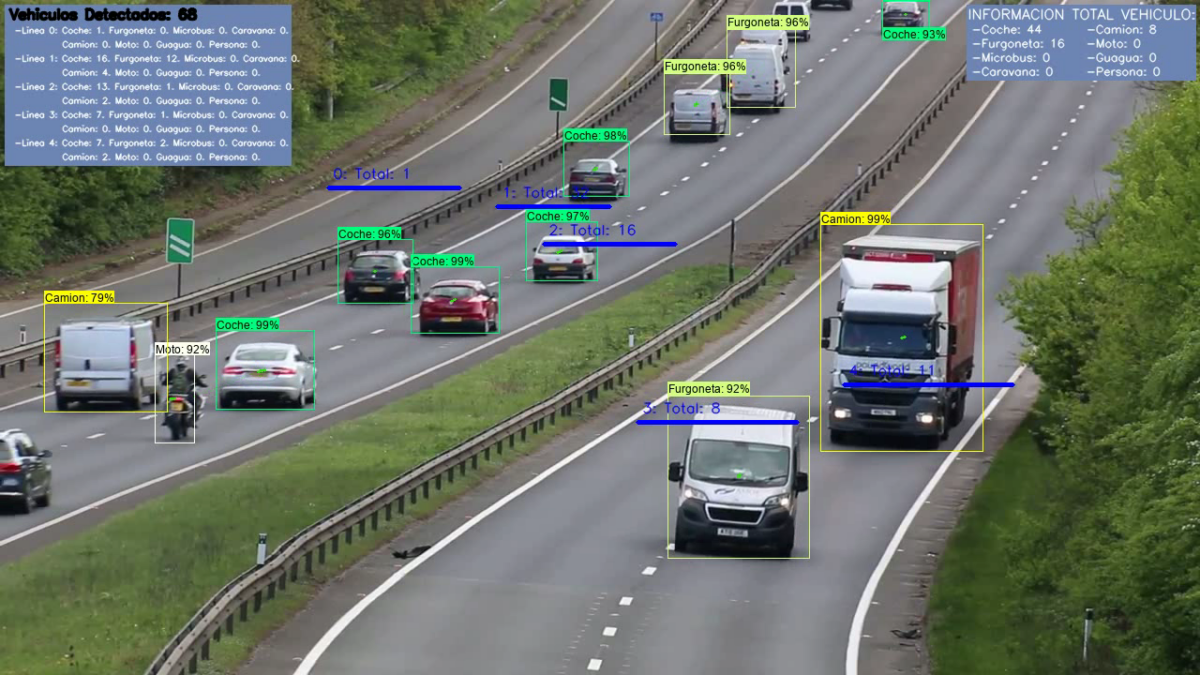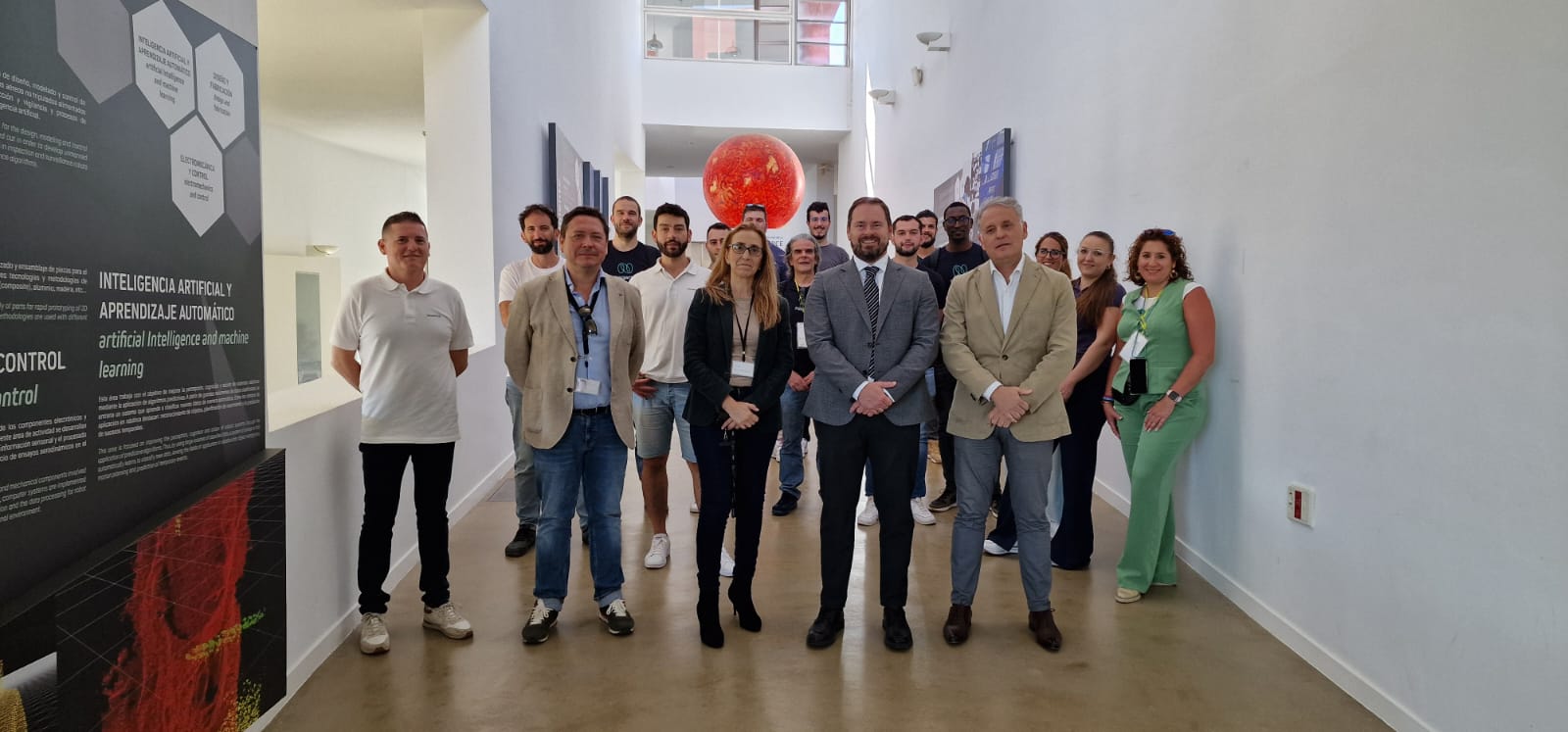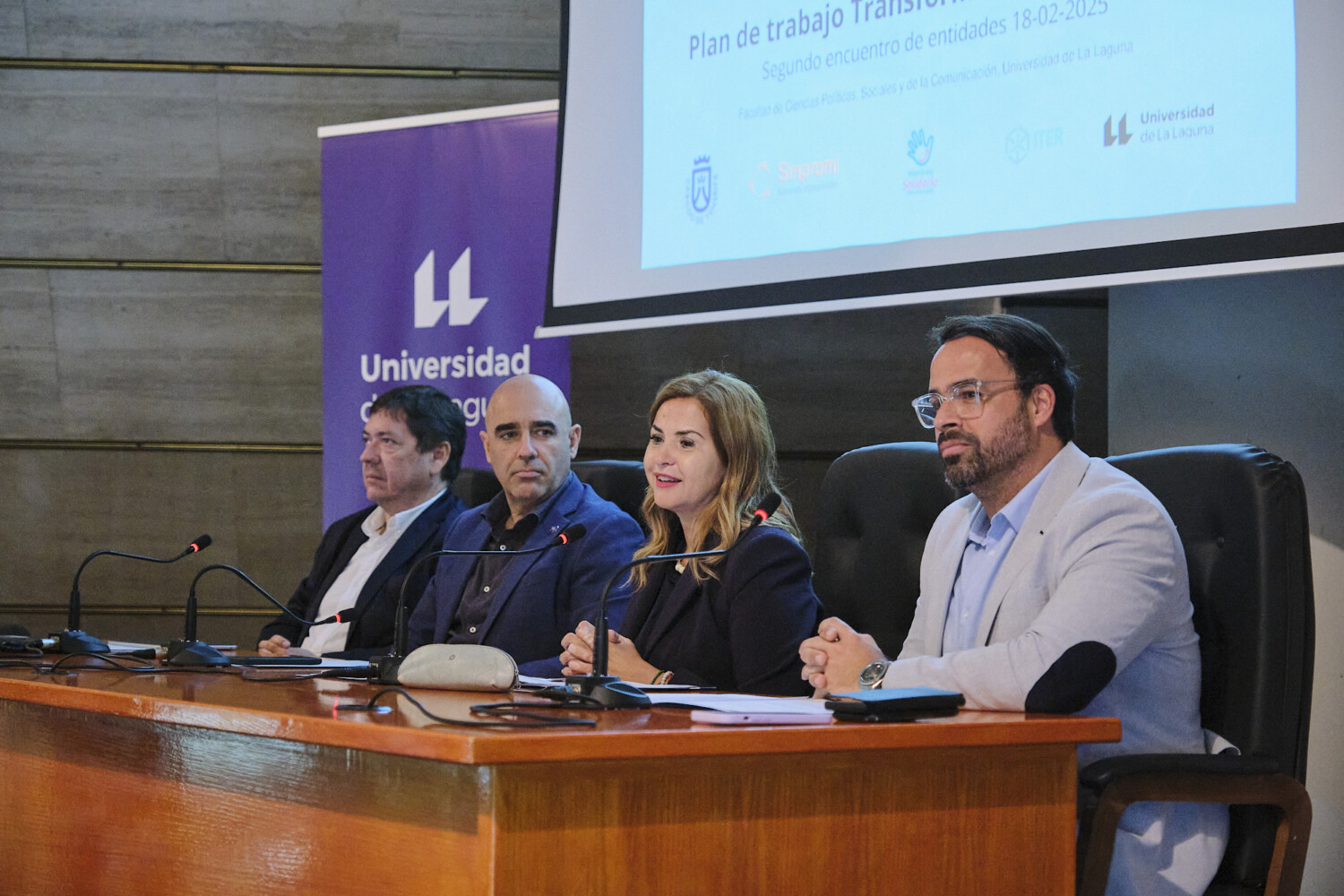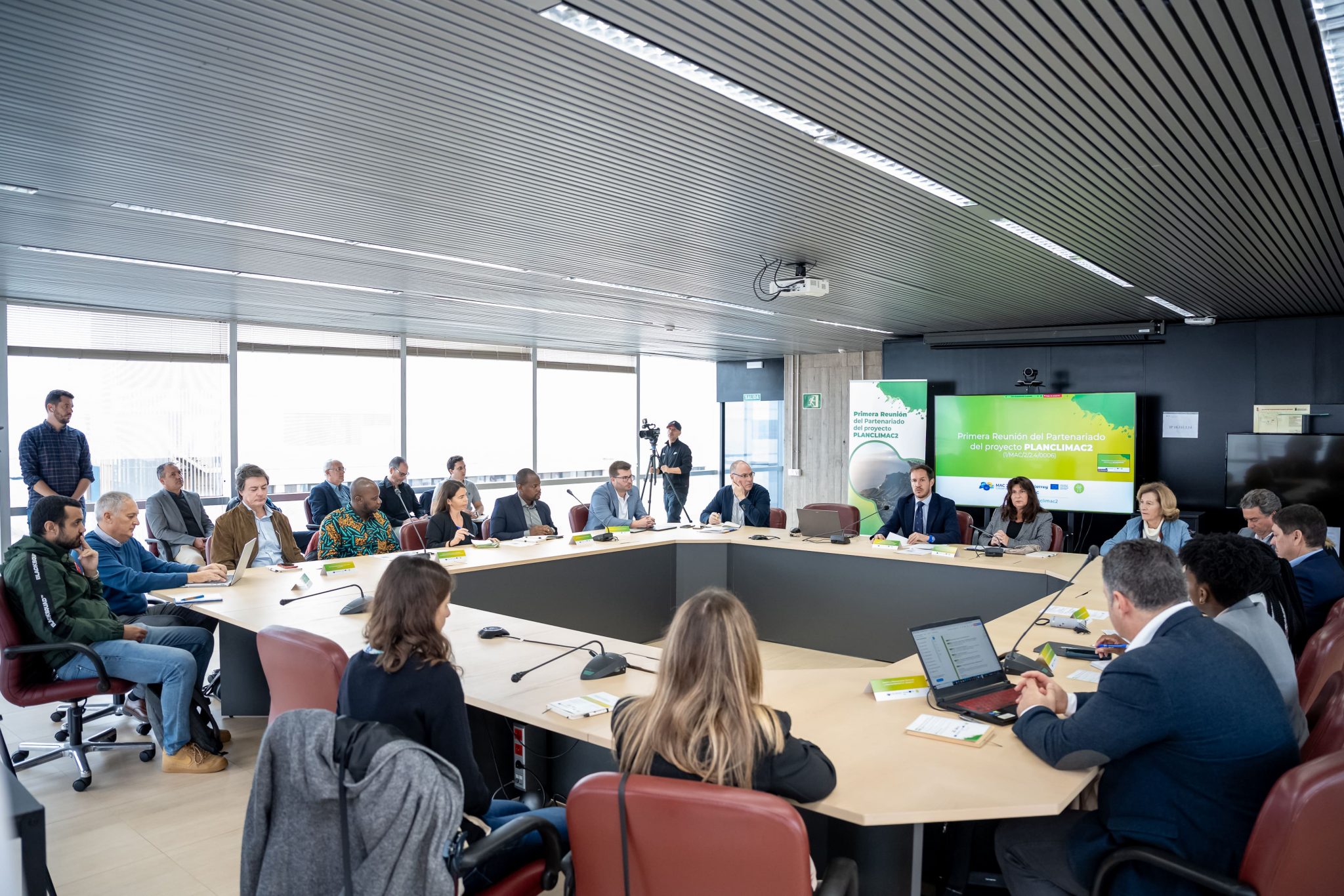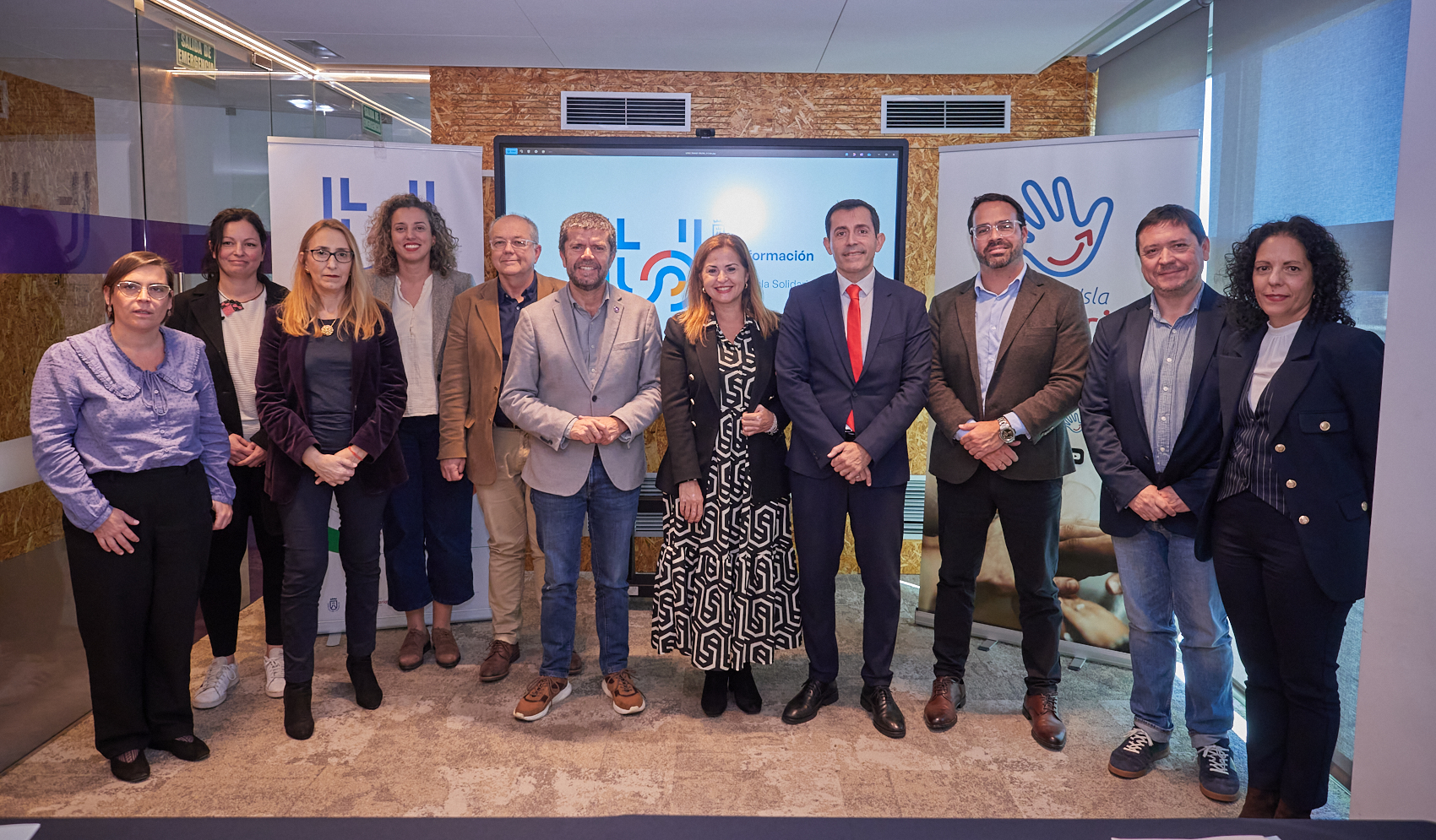Software platform for vehicle control and segmented counting through image recognition with Computer Vision and Artificial Intelligence, from traffic cameras deployed on road networks.
Data
Acronym: VRT – Visual Route Tenerife
Reference: n/a
Partners: Área de Movilidad del Cabildo de Tenerife and Instituto Tecnológico y de Energías Renovables.
Duration: 11/01/2019 – 07/31/2020 (9 months)
Budget: 80,000 €
Co-Financing: Specific contribution of the Cabildo de Tenerife.
Project overview
Advances in recent years in the field of Artificial Intelligence and Computer Vision continue to narrow the gap between the visual capabilities of people and machines. It is for this reason that in 2016 the Instituto Tecnológico y de Energías Renovables, ITER, S.A., decided to initiate a line of action in accordance with this discipline.
Facial recognition through computer vision oriented towards non-intrusive access control, capacity management, and robotics in general constituted a starting point in this area when the state of the art of this type of technology was still in its early stages. Thus, from its inception, work was carried out on the development of new proprietary algorithms for learning and visual recognition.
At the same time that this activity was being developed, other possible scenarios were identified in which to integrate the developments carried out and the knowledge acquired, among them, the counting and segmentation of products in serial manufacturing, the identification and classification of images, the vehicle counting on roads, etc.
It is in this last case, as a road counter, where a synergy is detected with the needs of the Cabildo Insular de Tenerife, more specifically with the Highway Information Center (CIC). This has more than 100 cameras distributed along the island’s roads with the highest traffic density, which could be used as virtual counters that allow automated decisions to be made in real time.
Already in 2019, and given the significant advancement of the technologies associated with Artificial Intelligence and its availability, it was decided to initiate this nine-month project during which the VRT platform was developed for the control and segmented counting of vehicles through image recognition with Computer Vision and Artificial Intelligence of traffic cameras deployed on road networks.
In these nine months, the proposed objectives have been achieved:
- Generation of content for the identification and learning of the intelligent vehicle recognition and segmentation system.
- Training of the intelligent vehicle recognition system.
- Development of the platform for the segmented counting of traffic on roads.
Finally, the VRT platform was deployed in a virtualized environment of the Teide-HPC supercomputer with 32 CPUs and 32 GB of memory and without the use of GPUs.
As future lines of action, it is considered convenient to adapt the VRT platform for the use of GPUs, instead of CPUs, a new capability that will soon be available on the Teide-HPC supercomputer, which will substantially improve the detection and segmentation of vehicles and reduce the learning times for the generation of the models.
Links of interest:


